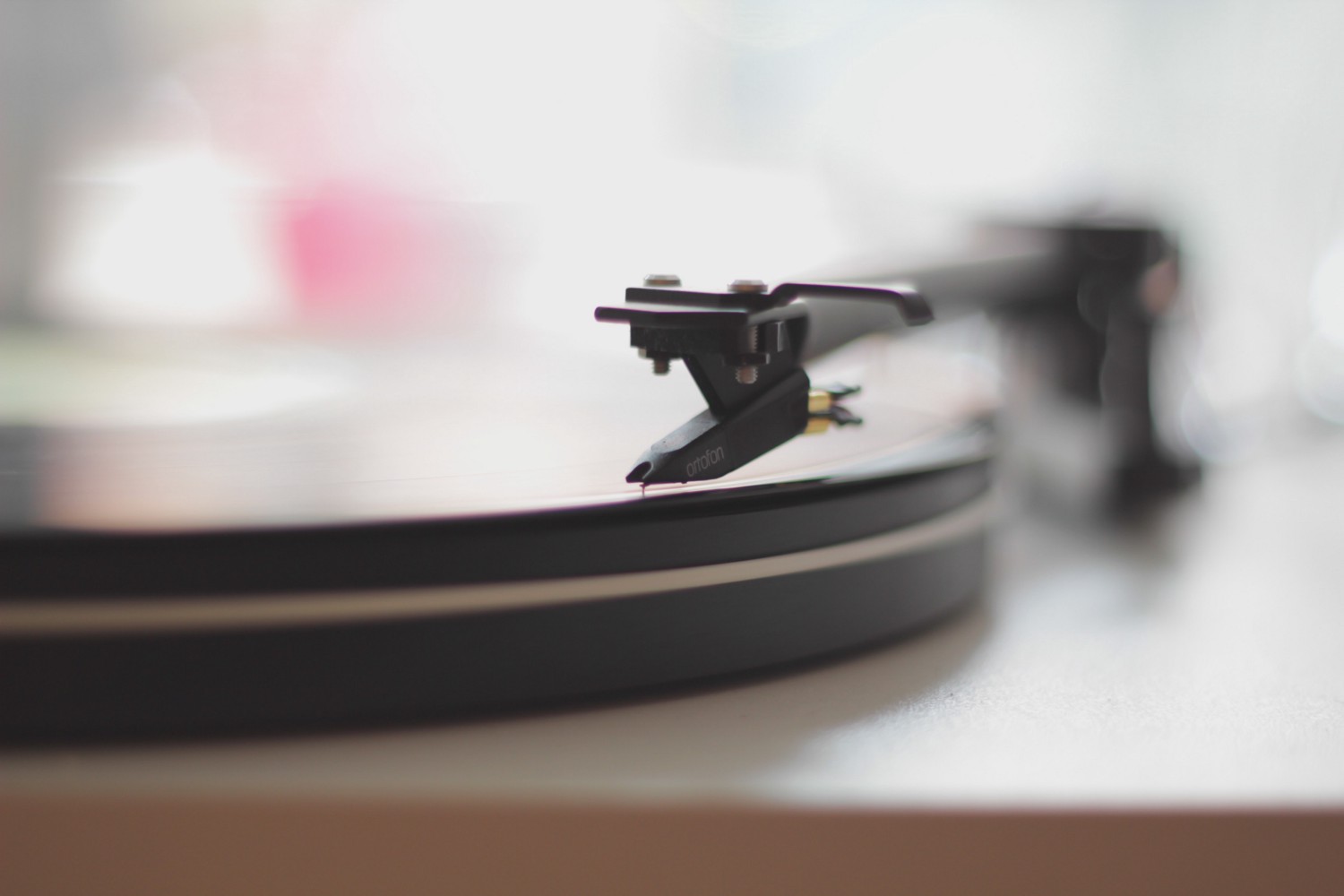What leads us to clear, sound moves that serve us, those around us, and the greater good?
We’re living in a time where there is so much political unrest, anger stemming from the unrest, security as we’ve known it is continuing to dwindle, many are choosing the beautiful yet challenging entrepreneurial path, we’re being pushed to be better performers, more productive, and the list goes on.
In the midst of all of this, a very important conversation needs to take center stage…
The Power of Calm.
It’s time to acknowledge the positive influence that cultivating inner calm has on our lives, those around us, and the greater good.
Now, does this mean we should…
Stop speaking up?
Just chill out and take less action?
Not feel the emotion that comes from fear?
Forgo evolving our capabilities?
Absolutely not.
But, we have to accept the discomfort in order to progress.
Acceptance dissolves resistance. Inner peace follows.
And that’s when we’re able to arrive at and return to a clear, centered state no matter what we’re doing, feeling, or what’s happening around us.
This is when we become unstoppable.
So, what is the way to this mode of being?
Mindful presence. Mindful presence is the way.
As we become mindful…
We become more alert, less anxious, and more receptive.
All distractions fall away and our instinct leads.
We get out of our heads and get into our experiences.
We’re connected to our highest self and surroundings. Not because we’re perfect, but because we’re in full acceptance of what’s occurring in that moment. This is why we’re so conscious of the next choice, whether it be the words that are communicated, the opportunity to take, or the note to play. And so on.
In short, we become…
Less reactive and more responsive.
More proactive.
More connected to ourselves, one another, and the source of whatever we’re experiencing.
Better activists, leaders, friends, performers and partners.
It begins within each one of us.
We must create the calm.
The true catalyst for sustainable change and the foundation of well-being.
Here are 5 simple practices to help you cultivate more of it:
- Self-inquiry. How often do you ask yourself questions? The next time you feel any type of excitement or resistance (this can be mental or physical), take a breath and identify the source. Put a who, what, how or why in front of it and let that awareness determine your next move.
- Breathe. Dr. Andrew Weil says, “If I had to limit my advice on healthier living to just one tip, it would be simply to learn how to breathe correctly.” Whenever you feel anxious, like you’re flailing or reactive, pause, and bring your attention to your breath. If possible, close your eyes and take at least 3 deep belly breaths. Begin by relaxing your stomach. Then follow your breath. Feel the air slowly move up through your chest and slowly exhale. Continue for as long as you need.
- Yin Yoga. Not only does this passive practice lower stress & anxiety levels, increase stamina, and prepare your body for seated meditation, it also accesses deeper layers of fascia. Fascia is a sheet of fibrous connective tissue that envelops, separates, or binds together muscles, organs, and other soft structures of the body. It also holds our emotional memory. As the fascia is stretched and tension is released, stagnant energy and patterns are also released, which can help change our behavior.
- Listen to Music. Music is a great way to ground ourselves in the present and enter a state of deep relaxation. It doesn’t matter if it’s your favorite song or a tibetan singing bowl. Turn everything else off and really listen. Allow yourself to get lost in the words and/or sounds. I also highly recommend going to a sound healing class or workshop.
- Tune in. Whatever you’re doing, relax into the experience. Washing your hands? Feel the temperature of the water. Taking a walk? See your surroundings. Eating a meal? Taste the flavors. Having a conversation in person? Make eye contact.
Originally published at medium.com


